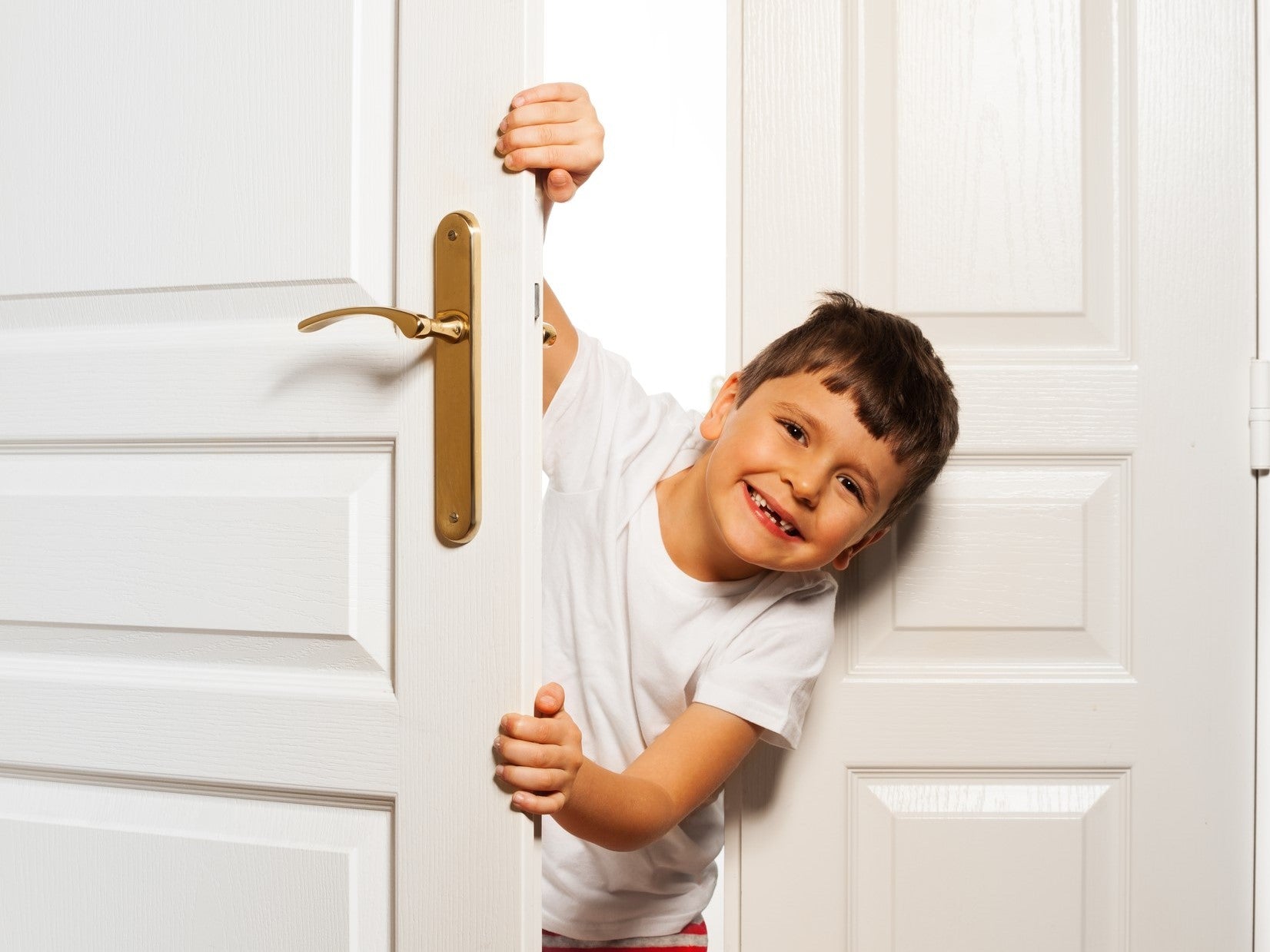
Thanksgiving is in the rearview mirror (hope it was a good one) and Christmas and Hanukah are closing in fast. It’s a wonderful, but wonderfully-busy time of year. Hang in there, my friend. You are not alone.
If you’re planning to add the oral resting posture procedure to your therapy regime, I would recommend making it part of your News Year’s resolutions. You have you several weeks to read and absorb the Therapy Matters ORP Part 1 (CLICK HERE) on the rationale and benefits. It also includes a free graphics-page on specific jaw/lips/tongue positions. The ORP Part 2 (CLICK HERE)itemizes analysis procedures and interpretations.
Today is Therapy Part 3a, and next week is Therapy Part 3b. (It ended up to long, and too much to put into one blog!) Both Parts a and b detail practical, explicit how-to-do therapy strategies. Here we go.
Winter Greetings, SLP!
Every day we work with kids to change their speech sounds then work hard to generalize them. It’s not easy and sometimes it takes longer than anticipated. But here’s a thought: The process of developing and establishing a child’s speech pattern may also be dependent on changing and establishing a new oral resting posture. The two are inextricably connected. Why?
-
Because a jaw that’s elevated, lips that are closed, and a tongue that’s on top generates a centralized operating zone for correct speech production.
-
Good ORP enables easy access to stabilization and mobilization for appropriate speech sound production, and the ORP
-
Provides the most advantageous go-to/come-from position between bouts of speaking—it helps us “keep our place” during connected speech.
Also, among other things lip closure looks better and nasal breathing is healthier. And, a chronically lowered jaw can alter cranio-facial bone growth that restricts lips closure and impacts tongue positioning. Oh, yeah, and once the bone has re-formed it doesn’t magically move back into the shape it was genetically programmed to be. It’s set.
We’re doing therapy today. As a foundation to therapy, following are six important therapy principles to remember as you implement your ORP therapy.
Six Therapy Principles
1. Therapy Components
There are at least four components to changing and acclimating their new oral resting posture. Help the child to:
-
Find the jaw/lip/tonguepositions and generate nasal breathing.
-
Build muscleendurance to maintain the new positions over time.
-
Develop the psychological attitude that the new positionsfeel good and natural, and
-
Learn toautomatically navigate into their ORP between functions (speaking, chewing, swallowing).
2. Who is Oral Resting Posture therapy designed for?
The basic format of the following strategies is most appropriate for 5+ year old children and teens with good cognition. It can, however, be simplified as needed for slightly younger or for less cognitively capable children. Feel free to modify and personalize. Do what you need to do to be successful.
Regarding children ages 2 to 4-11 the oral resting posture is primarily about two things.
Observation of the cranio-oral-facial-respiratory systems by you and by the parents: Watch for any significant behaviors or differences that might impact the child’s cranio-facial development, lip closure, tongue-alveolar positioning, or nasal respiration. Potential significant factors: Chronic thumb/digit sucking, tongue sucking, extended and chronic use of the pacifier, chronic nasal obstruction due to larger adenoids in a smaller naso-pharyngeal space (manifested in sleep apnea), chronic colds, chronic sinusitis, etc.
During these important developmental years, we want to maximize correct jaw, lips and tongue positions to facilitate speech and swallowing development. Find a potential deterrent(s) and take care it, if possible.
Generate oral awareness via sensory stimulation:Call attention to the mouth and mouth-parts and to the correct oral resting positions. Only do long-term sustained practice if the child is ready and able, and has parental support.
Call attention to lip closure (if lips are able to close comfortably the jaw will be elevated). Prior to emphasizing lip closure make sure the child can breathe through his nose. Demonstrate with puppets, contrast open/close, look at pictures. Play a game with your gloved hand; say, “I’m going to get your tongue,” as you move your pincher fingers toward him. The child typically pulls in his tongue and closes his lips. Emphasize lip closure and nasal breathing (if airway is clear) and compliment him. Look in the mirror notice lips and how nice he looks, etc.
Call attention to the tongue and the roof of the mouth. Use any oral tool (mouthing toy, Ark Probe, Nuk Massage Brush, Rep Tubing, small tongue depressor, Toothette), and do press-release on the tongue and the top and match; tickle the roof of the mouth to get the tongue up to relieve the itch; do tongue pops or tongue clicks if he is capable.
3. Incorporate ORP therapy into speech sound therapy
Resting postures training is done concurrently with your speech therapy. It is recommended, however, that you take one to three weeks at the beginning to initiate the child to the positions and the process. Get the jaw/lips/tongue positions in place, stress the importance, and get it going. The last thing you want to happen is to be three months down the line, thinking the child has just about acclimated, and you discover the child’s tongue chronically sitting midline against the back of the teeth. Ugh. Again: Get their positions in place early-on, then over time, as you do speech therapy, continue to build in the ORP.
4. Acclimation and the child
The new posture will feel different and awkward at first, and that’s okay. (Just think, if their new resting positions feel strange, imagine how strange the new speech positions and movements feel? Hmm…) Tell them it’s normal and that the new posture will soon feel familiar (usually a couple weeks). And, after a few more weeks it will feel natural and become consistent. On average, this typically happens within a matter of weeks to months, but there are variables….
5. Length of therapy
The greater the type and number of cranio-facial-oral-respiratory differences (this is where competent analysis comes in), the longer it takes to change the ORP; not withstanding age, cognition, and compliance. The ORP change—when it’s comfortable and consistent—takes place over time. Start with a short length of time (10 seconds) and increase the amount of time over time.
One cranio-facial-oral-respiratory difference may impact the ORP posture, or it may not. The more variations within the cranio-facial-oral-respiratory system and the more altered-from-the-ideal oral resting posture, the more at risk are the stabilization and mobilization elements within the production of speech sounds.
Complete acclimation of the oral resting posture takes from two months (just tongue position) to a year, depending on cognition, the state of the muscles, and the individual’s practice regimen.
6. A word about oral habits
Extinguish the oral habit yourself or make a referral to someone who can. Chronic thumb/digit sucking is counter-productive to your therapy. Chronic thumb/digit sucking, excessive use of the pacifier, tongue sucking, etc., confines the tongue to the floor of the mouth, causes anterior-posterior tongue movements (speech requires vertical tongue movements), deters tongue-on-top resting development, and alters cranio-facial bone growth.
Remember the habit variables: Frequency, duration, force, and position. Infrequent thumb sucking is not typically harmful; frequent, forceful thumb sucking most definitely can be.
▪ ▪ ▪
The easiest way to organize and sequence oral resting posture therapy is to divide it into three consecutive stages:
-
The Preparation Phase (in this blog, Part 3a)
-
The Timeline Phase, and
-
The Association Phase (both of these are in next week’s blog, Part 3b)
The Preparation Phase
ThePreparation Phase is your opportunity to prepare the child to successfully move into The Timeline (carryover) Phase. The primary goals are that the child be able to:
-
Find his correct jaw resting position
-
Generate good lip closure
-
Locate the ideal tongue resting position
-
Begin the nasal breathing process
Find the correct, personalized jaw resting position
Do the following with the child. Place both your flat hands on your face in front of your ears. Now bite your teeth together and feel the (masseter) muscles bulge; then relax your jaw. Do several times. Tell him that when his jaw just begins to open and the muscles relax, that is his ideal jaw resting position. When at rest, the jaw neither clenches nor is wide open; the teeth are gently parted.
Generate good lip closure
Ask the child to close his lips. Ideally, you should see little-to-no effort in closing them and keeping them closed. If this is the case, move on to the tongue position.
If you see either significant lip-closure effort and a short upper lip, or the lips close but pop open, the child may benefit from labial tasks. Choose from the four “Activities for Lip Flexibility” and the “Activities to Generate Lip Tone and Awareness” on thePreparation Activities for the Lips & Tongue for Good Resting PosturesCLICK HERE. Labial flexibility and labial toning is not an overnight sensation; it takes, on average, 4 to 6 weeks of consistent practice. But lip closure is worth it—it influences the tongue which influenced speech.
Locate their ideal tongue resting position
The easiest and most reliable method to get the tongue up to the hard palate is to do a tongue pop: The mouth is fairly open and the tongue lifts up to the roof, compresses upward, pulls down, and pops. If he’s able to do that, you’re in luck. Ask him to do half a pop, i.e. put his tongue on top and hold, don’t pop down. Make sure the underneath part of the tongue is “up.” If you see the underside of the tongue, he may be curling the tip and anchoring on the alveolar ridge; this is not what you want. Make sure the front “half” of the tongue is up. Also, make sure the back of the tongue isnot up. If the back lifts and makes contact on top, breathing stops. You don’t want that either!
Also, make sure that the tongue-sides are touching the insides of the top, back teeth. How? Look and ask. Also, you may want to stroke the sides of the tongue and the side teeth with a small tongue depressor. Ask the child to match the tongue-sides to the side teeth.
As also provided in the Therapy Matters ORP Part 1,CLICK HERE to get theDesirable Resting Postures graphic to insure his tongue posture is where it needs to be.
Begin the nasal breathing process
If he already breathes through his nose—even intermittently—that’s a good thing. He knows what nasal airflow feels like and can easily initiate it. It also means his nasal airway patency is ample (at least occasionally for nasal breathing.
If, however, he has chronically breathed through his mouth for years, then of course, you need to check for nasal patency. Is he able to adequately move air through his nose, or not? Ask him to close his lips, and breath through his nose for around 30 seconds. If he is able to successfully do this, you’re off and running. If not, more investigation is needed before you proceed. You may also what to have him blow his nose. Sometimes that’s all it takes.
For some individuals, you may need to just do lip closure and nasal breathing for a couple weeks, then add tongue placement to the mix.
Next week, Part 4: The two carryover phases, The Timeline Phase and The Association Therapy.
Until then, thanks for reading and thank you for all your good work with your speech-kids.
Have a great week!
Char Boshart
Leave a comment (all fields required)
Comments will be approved before showing up.

![#71 Telepractice Tips 'n Info (Part 4) [Is my child working or just playing games?]](http://speechdynamics.com/cdn/shop/articles/Game_Pieces_and_Hand_7_x_3_2048x.jpg?v=1605804364)
